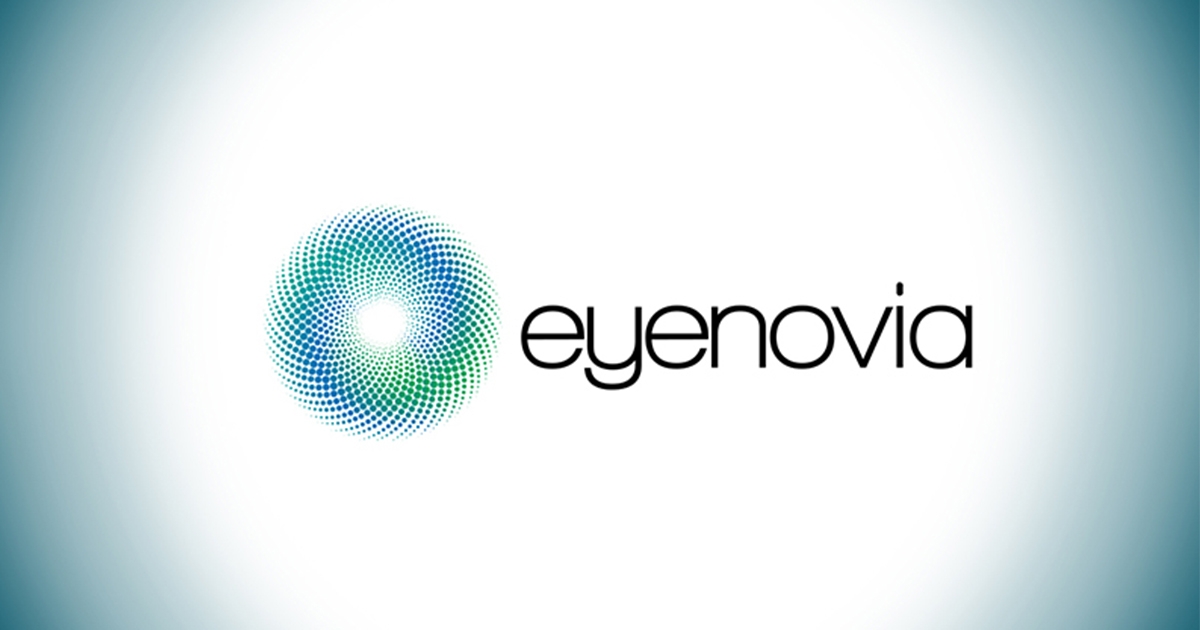With Fresh Funding, Eyenovia Pursues Platform for Focused Drug Delivery

Developing a delivery system to replace eye drops has been an important unmet need in ophthalmology. Drops are difficult or impossible for some patients to use, especially children and the elderly. Often much of the drop doesn’t make it into the eye, or if it does, it bathes the ocular surface with more medication than it can absorb.
Eyenovia is attempting to solve this problem with a new type of delivery system, Optejet. It’s designed to improve the precision of administering the medication formulations the company is also developing, to reduce excess medication use and achieve a more focused delivery.
Eyenovia has raised capital to fund its development programs. In March, the company completed a private placement valued at approximately $5.3 million. Last July, the firm raised $11.2 million with a public offering of stock valued at $2.78 a share (trading at $3.12 as of Tuesday, April 28).
Piezo-Print Technology
Optejet uses patented piezo-print delivery technology for high-precision microdosing. It delivers a targeted physiological dose of 6 to 8 µL, uniformly coating the corneal surface rather than the conjunctiva to reduce collateral tissue exposure. It targets the cornea, where 80% of intraocular drug penetration occurs, minimizing runoff. Its recessed nozzle and shutter for no-touch spray application are designed to minimize the risk of contamination that patients may be exposed to with standard eyedropper bottles.
Following positive clinical results from the MIST-1 and MIST-2 trials in 2019, Eyenovia CEO Sean Ianchulev, MD, MPH, said in a press release, “We believe the Optejet high-precision piezo-print delivery platform can improve the therapeutic index and tolerability of many ophthalmic therapies, unlocking the potential of ocular microdosing.”
Improving the Therapeutic Index
Michael Rowe, Eyenovia’s VP, commercial, explained it’s the therapeutic index that really matters. Improving the therapeutic index means maintaining efficacy while greatly reducing exposure and systemic and local side effects, he said.
The company has seen that reducing the volume of liquid 80% and directing it onto the cornea can achieve the same effect as a standard eye drop that has up to five times the amount of active drug. And Rowe pointed out that while the term “microdosing” has been used, what’s really being developed is accurate dosing.
The amounts of active ingredient and preservative in drops are typically much more than the eye can absorb. Excess medicine rolls down patients’ cheeks. They taste it going down their throat, where it’s absorbed systemically and can result in toxicity and side effects. Excess medication is frequently involved with ocular surface disease. A smaller, accurate dose can eliminate these side effects. “We’ve accepted the negative effects of eye drops as normal,” said Rowe, “but I tell people, if you can taste it, that’s not good.”
Products in the Pipeline
Eyenovia is developing three formulations for use with the Optejet.
The first launch is expected to be MicroStat. It delivers a fixed combination of phenylephrine and tropicamide for diagnostic pupil dilation. In two Phase III studies, 96% of patients achieved full dilation in 35 minutes, similar to drops. But this platform eliminates the need for the physician to return after 20 minutes to see if another drop is needed. Rowe explained that applying the medication directly to the cornea seems to provide a reliable result in the vast majority of patients without the need to re-dose and wait. Its low dose doesn’t sting and eliminates the need for numbing drops. Eyenovia remains on track to submit a New Drug Application to the Food and Drug Administration this year, although the company has announced that could change due to the coronavirus pandemic.
The second product is MicroLine, a low-dose pilocarpine formulation for presbyopia. And the third, MicroPine, is a proprietary microdose formulation of atropine for the prevention of progressive myopia in children. Because of the COVID-19 pandemic, the clinical trials for these products have been delayed.
